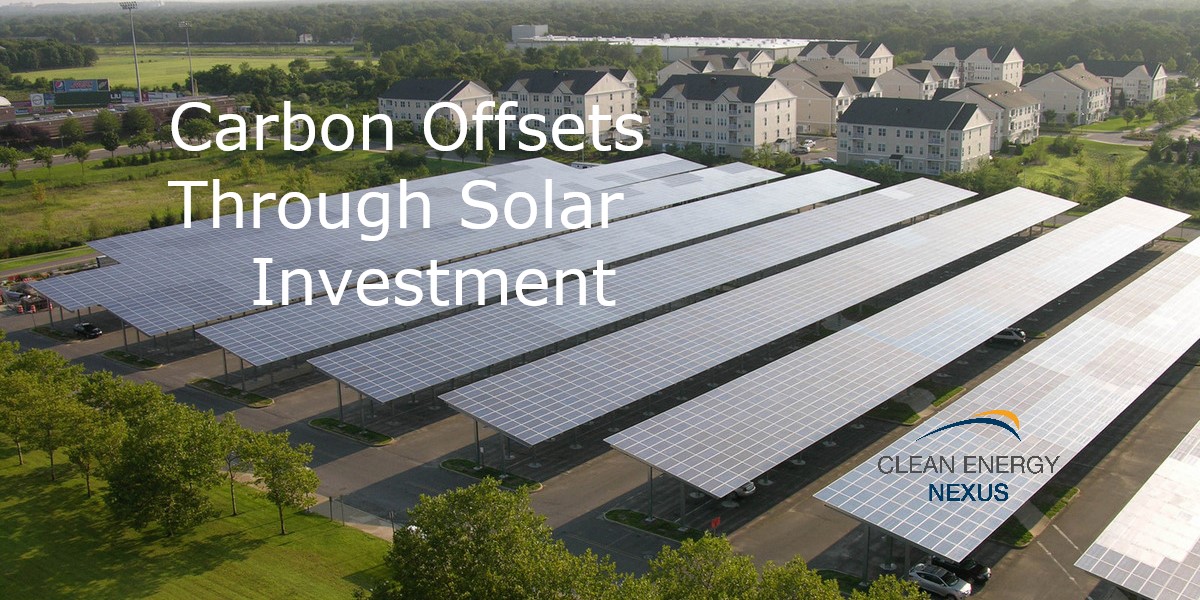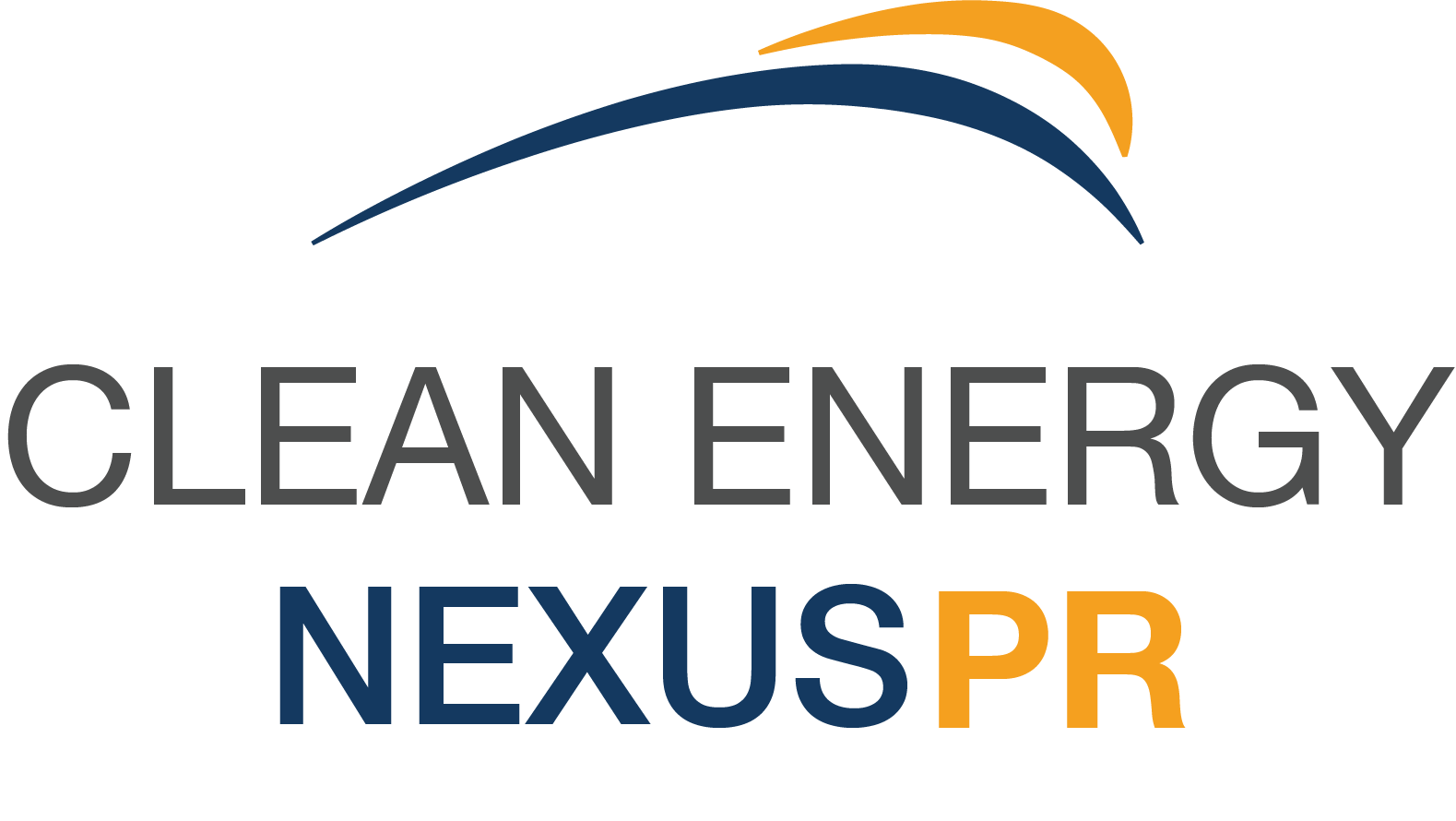The cost of pollution is rising as carbon taxes increase worldwide. As these costs coincide with individual consumers and corporations becoming more aware of our carbon footprint and impact on the planet, we're seeing a consumer-driven paradigm shift to focus on products and services that offer little to no negative environmental impact. These changes together are changing the behavior of large corporations and forcing them to consider ways to reduce their carbon footprint, or lose their market share.

If you're an individual who has recently become more aware of your impact on the environment, you may be starting to realize that there are things you use every day that you hadn't even considered making changes to that will reduce your carbon footprint. Similarly, large corporations are analyzing their operations and making all the changes they can to reduce their environmental impact.
As both individuals and corporations are finding, there are some changes we can make that will not only make a large environmental impact, but will also require a large capital investment. As an individual, replacing your combustion-engine vehicle with an electric vehicle is akin to replacing your coal-fired plants with renewable energy in a corporate environment. Such a large scale change requires planning, additional expenses beyond the initial investment, and again, a large time and capital commitment.
What do you do in the meantime?
If you're a corporation, you've got the option to purchase carbon offsets.
According to HowStuffWorks.com, carbon offsets are a form of trade. Buying a carbon offset funds projects that reduce GHG (greenhouse gas) emissions.
There are many ways to invest in carbon offsets. Experimental carbon removal projects include ventures growing and sinking kelp into the open ocean (Running Tide), reacting dilute carbon dioxide to form limestone (CarbonBuilt), electrochemical removal of carbon dioxide from the air (Mission Zero), and direct air capture and sequestration (Heirloom)*. The cost of these projects varies widely, with the price per ton of carbon ranging from $250 to $2054 USD per ton of carbon removed. Being experimental, the long term effects of removing carbon in these ways is still widely unknown, and therefore increases the risk for investors.
Investing in renewable energy as a carbon offset yields proven returns over a set term, and also yields twofold results.
First, it helps the company receiving the investment dollars by building a solar energy generation plant to reduce their carbon footprint, which they will begin to claim as their own carbon offset if/when they purchase the solar plant from their investor. In the short term, they'll be saving money by purchasing renewable energy at a set cost from the owner of the plant (the investor).
Second, it provides immediate carbon offsets for the investing company as they can claim the resulting lessened GHG emissions and lower carbon output as an offset to their business as the owner of the solar plant.
One word of advice; be careful not to be a party to greenwashing (more on the definition here) by participating in the carbon offsets being claimed twice. The company who owns the asset claims the carbon offsets.
Investing in smaller businesses or corporations by purchasing the solar power generation plant for them and selling them the electricity from it will allow larger, perhaps more risk-adverse corporations to use a smaller company as a model for a large corporation. Watch their profits soar as their electricity costs decrease, see the positive publicity they generate by marketing their switch to renewable energy, use the carbon offsets for your own business, and begin planning your own switch to solar energy.
There are many companies that are large enough to have a significant environmental impact by choosing to switch to solar energy to power their businesses instead of using fossil fuels. As the price of carbon goes up, we predict we'll see more and more large corporations taking the leap to power their businesses with the sun.
*Source: Stripe via Bloomberg Green
